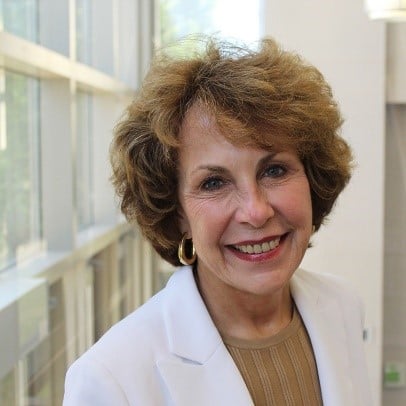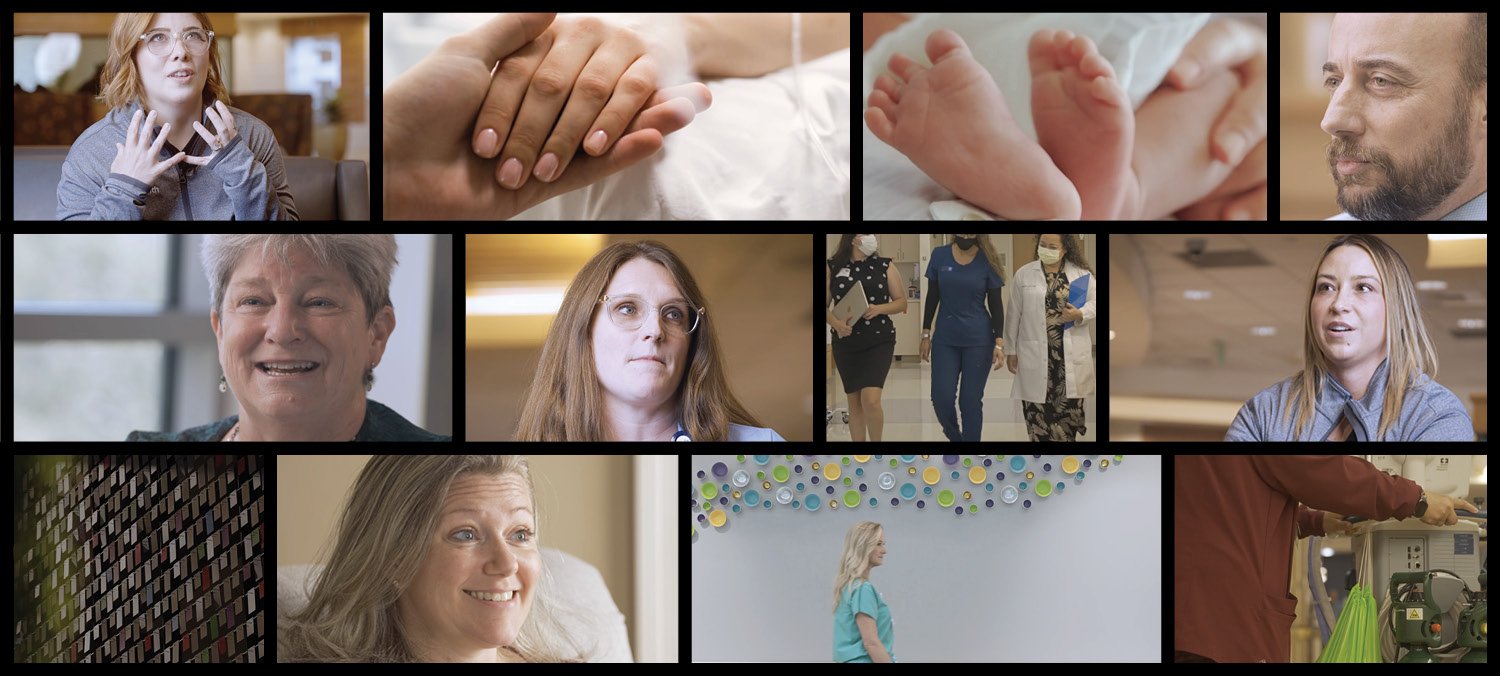The Value of Time in Nursing: Maximizing Patient Care and Outcomes


In nursing, there are special moments that time allows to happen. Through moments of joy, fear, sadness, anger, grief, or gratitude, it’s a nurse’s job to be there through it all.
But what if nurses can’t fulfill their job – at least the way they want to - due to lack of time?
The widespread issue of growing workloads and shrinking time for clinical care is more than just a challenge; it's a risky reality that nurses have to grapple with daily. Time, in a nursing context, is not just a finite resource; it's the backbone of quality patient care.
When nurses are pressed for time or overworked, primarily due to administrative burdens, staff shortages, and clinician burnout, their capacity to provide empathetic and effective care is compromised. This can result in low patient satisfaction, higher levels of stress for the nurse and care team, and an increased risk of errors in delivery of care.
"Five minutes can make a difference, but sometimes in a day, a nurse doesn't have five minutes to just sit down with a patient or family,” said Susan Brown, PhD, RN, CENP, Senior VP of Patient Care Services and Chief Nursing Officer at City of Hope. “Administrative tasks and documentation are the things that take the most time, and that time is usually not at the patient's bedside.”
>>> Watch City of Hope's StoryHarnessing technology to combat clinician burnout
A recent survey of CIOs/IT leaders and clinical leaders revealed that workforce shortages and clinician burnout top the list of threats facing health institutions today. The increasing administrative burdens placed on nursing staff mean they spend less than 1/3 of their time on direct patient care. This imbalance significantly hinders the personal connections nurses forge with their patients - connections that are critical to quality care.
However, the survey results present an interesting solution to this predicament. An astounding 84% of clinicians and IT leaders believe they could redirect at least 10% more time each week to clinical care if their healthcare operations software was consolidated and integrated. Yet, for those of us who have worked or are still working in healthcare, we know the potential time saved is MUCH higher. The more we can support streamlining disconnected healthcare operations through simplified technology, the better the outcomes for patients and for nurses.
Nurses need the time to create Moments that Matter
The value of time in nursing, showcased in our Moments that Matter video series, is immeasurable. It's the difference between simply doing a job and truly making a difference. It is why we went into nursing in the first place.
"People won't remember what kind of gauze dressing we use, but they'll remember the moments where we looked them in the eyes, where we held their hand, where we comforted them."
-Matthew Morris, CNO of WellStar North Fulton
These extraordinary nursing videos, featuring DAISY Foundation honorees, showcase how important these moments of care truly are. We are here to support nurses, to give time back to nurses, and to work with them to ensure they can be the nurse they always wanted to be.
Let’s simplify clinicians’ lives together
As we navigate through these challenging times, why not make clinicians’ lives as simple as possible? One thing is clear — much of the work we do today can be replaced, and tasks streamlined by integrated technology — that’s valuable time back that can make a difference in the lives of so many people.
A prime example of this is nurse managers often have to work with six to eight siloed systems just to staff and schedule employees. This technology burden is a major factor in burnout and dissatisfaction. I’ve seen the powerful impact that simple workflows and nursing-centric technology can have in taking the chaos out off the frontline to help things run more efficiently. It’s immeasurable and so mission critical today.
For instance, a straightforward admission, getting a patient from the ER to a hospital bed used to take three phone calls and 10 to 12 minutes, according to Donna Nolte, MSN, CCRN, Director of Nursing & Support Services at Thomas Hospital. With Clinical Communications, she can complete the same activity with zero phone calls in about two minutes.
I encourage you to take a look at how to take work out of the system, to give nurses’ time back, and make our lives a little easier. I can guarantee it will allow more opportunities for clinicians to connect with patients and create those magical moments that live in the hearts of the patient, their family, and caregivers forever.
